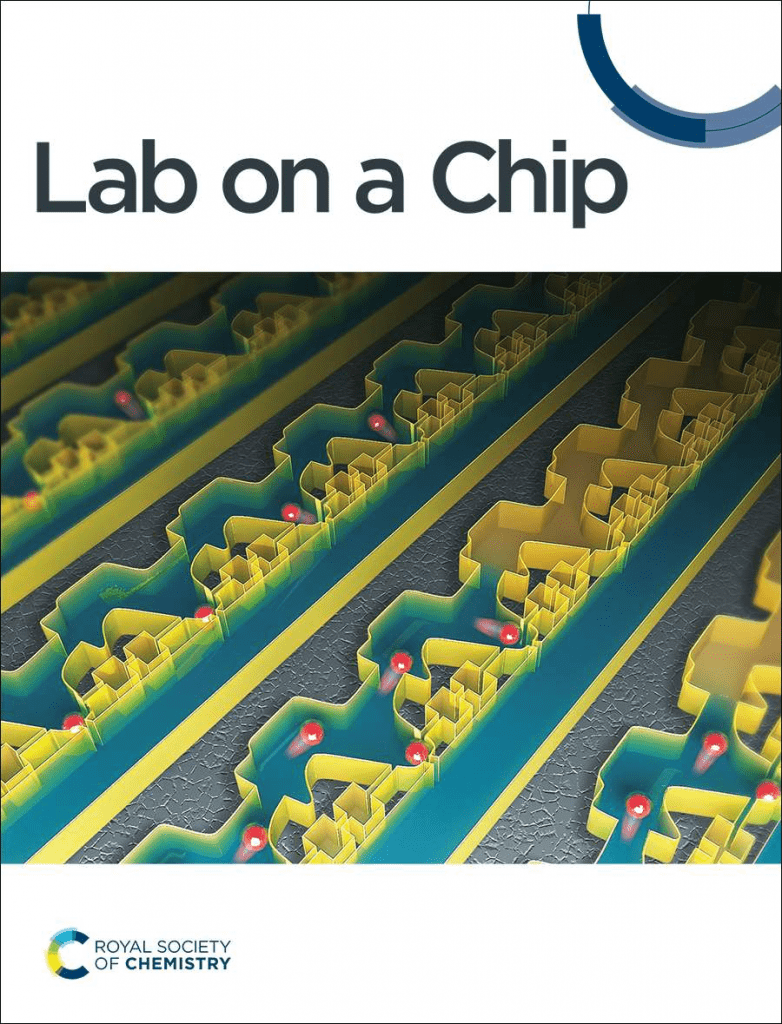Scientists and materials researchers have invented a new and improved tool, “lab on a chip,” to measure light, according to a press release by Oregon State University (OSU) published on October 20.
The tool has an ultra-tiny spectrometer that fits on a microchip and works on the principles of artificial intelligence. It may lead to upgrades in everything from smartphone cameras to environmental monitoring.
“We’ve demonstrated a way of building spectrometers that are far more miniature than what is typically used today,” said Ethan Minot, a professor of physics at the OSU College of Science.

“Spectrometers measure the strength of the light at different wavelengths and are super useful in many industries and all fields of science for identifying samples and characterizing materials.”
The new device could fit on the “end of a human hair,” Minot explained.
“Our spectrometer does not require assembling separate optical and mechanical components or array designs to disperse and filter light,” said Hoon Hahn Yoon, from Aalto University, who led the study.
“Moreover, it can achieve a high resolution comparable to benchtop systems but in a much smaller package.”
The device can e entirely controlled by electricity. This makes it easy to scale and become widespread, the researchers explained.
“Integrating it directly into portable devices such as smartphones and drones could advance our daily lives,” Yoon said. “Imagine that the next generation of our smartphone cameras could be hyperspectral cameras.”

“It’s exciting that our spectrometer opens up possibilities for all sorts of new everyday gadgets and instruments to do new science as well,” Minot said.
Spectrometers are currently being used in medicine for their ability to identify the difference between tumors and healthy tissue.
For applications in environmental monitoring, spectrometers have the capacity to detect the kind of pollution in the air, water, or ground, and how much of it is there.
It is convenient to have inexpensive, portable spectrometers doing this work.
The tool has diverse applications. You can measure the spectrum of light that you collect with your telescope in astronomy and have that information identify a star or planet. Also, if you are a geology enthusiast, you could identify gemstones by measuring the light spectrum they absorb.
Further studying of two-dimensional semiconductors is expected to bring commendable results.


